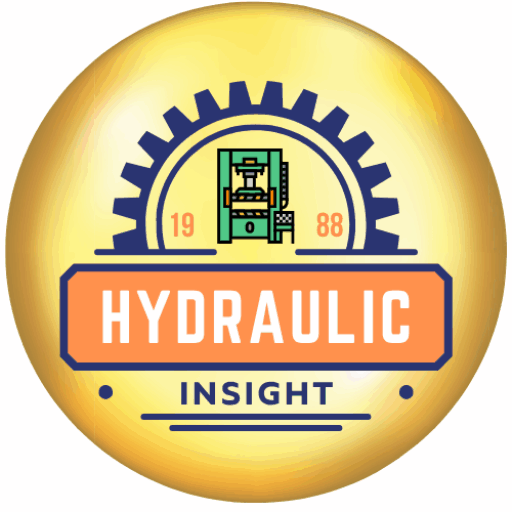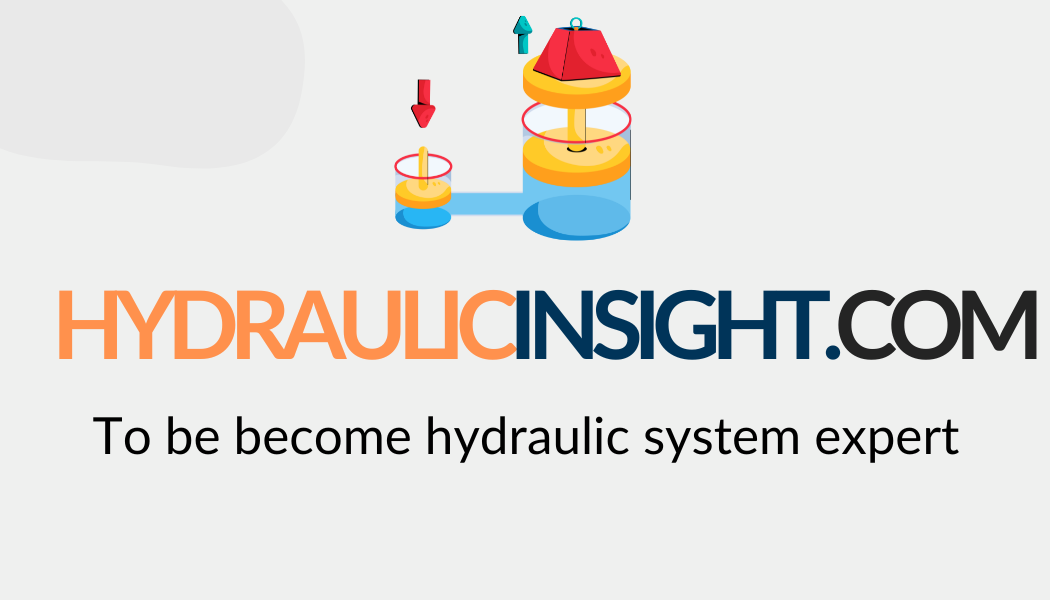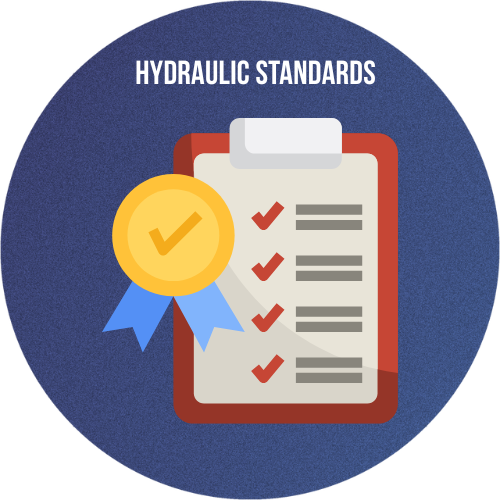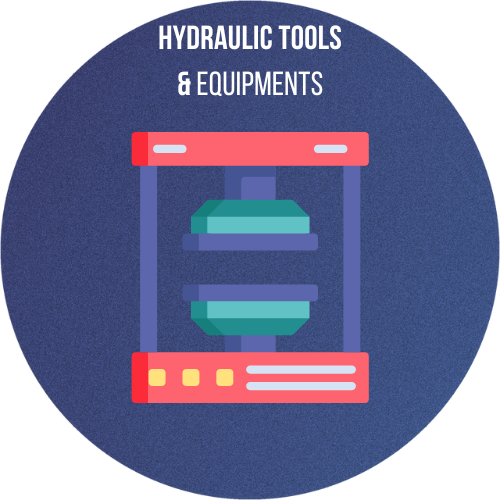Basic Categories of Hydraulic Schematic Symbols

Hydraulic systems are composed of many interrelated components, each performing a specific function such as generating pressure, controlling flow, or actuating movement. To represent these components and their interactions in a schematic, engineers use distinct categories of hydraulic schematic symbols. Each category has a set of standardized icons that help users interpret the system’s layout and operation at a glance.
This section introduces the foundational categories of hydraulic schematic symbols, grouped by their roles in a hydraulic circuit. Understanding these groups is essential for both designing and reading schematics accurately.
🔹 1. Lines and Connections

Lines are fundamental to any hydraulic schematic as they represent the flow of hydraulic fluid through the system. Different types of lines have specific meanings:
-
Main Flow Line: A solid line indicating the primary path of hydraulic fluid.
-
Pilot Line: A dashed line showing a low-pressure signal path used to control another component.
-
Drain or Return Line: A solid line often ending at a reservoir symbol, indicating fluid returning after doing work.
-
Enclosed Lines: Represented by a circle enclosing a cross, used when lines intersect but do not connect.
-
Connected Lines: Shown with a dot at the intersection point, indicating fluid continuity.
Understanding the distinction between these lines helps readers follow the logic of hydraulic control and pressure flow.
🔹 2. Fluid Power Actuators
Actuators convert hydraulic energy into mechanical motion. The two main types are:
• Cylinders (Linear Actuators)
-
Single-Acting Cylinder: Has fluid pressure on one side; returns via a spring or load.
-
Double-Acting Cylinder: Fluid pressure is applied alternately to both sides for controlled movement in both directions.
-
Telescopic Cylinder: Multiple-stage cylinder with compact retraction and long stroke.
-
Cushioned Cylinder: Includes symbols for controlled deceleration at stroke ends.
• Motors (Rotary Actuators)
These symbols help identify how motion is generated and controlled in the system.
🔹 3. Pumps and Motors

Pumps supply the system with pressurized hydraulic fluid, and motors convert that energy into mechanical power.
-
Fixed Displacement Pump: A triangle symbol with a single flow path.
-
Variable Displacement Pump: Similar to fixed, but includes an arrow indicating variability.
-
Pressure-Compensated Pump: Additional lines or control symbols show internal sensing mechanisms.
-
Hydraulic Motor Symbol: Inverted triangle indicating fluid-to-mechanical energy conversion.
These symbols also often show directionality, case drains, and auxiliary control lines.
🔹 4. Valves

Valves are among the most versatile components in a hydraulic schematic. They manage fluid direction, pressure, and flow rate.
• Directional Control Valves (DCVs)
-
Represented by square boxes indicating positions and arrows showing flow paths.
-
Common types include 2/2, 3/2, 4/2, and 4/3 valves, where the first number is the number of ports, and the second is the number of positions.
-
Actuation symbols: manual lever, solenoid, pilot pressure, spring return.
• Pressure Control Valves
-
Relief Valve: Prevents excessive system pressure.
-
Reducing Valve: Maintains downstream pressure below a set value.
-
Sequence Valve: Ensures one actuator operates before another.
-
Counterbalance Valve: Maintains pressure to prevent runaway loads.
• Flow Control Valves
• Check Valves
-
Allow flow in one direction and block reverse flow.
-
Variants include pilot-operated check valves, ball check valves, and shuttle valves.
🔹 5. Reservoirs and Fluid Conditioning
These components maintain, condition, or return the hydraulic fluid:
-
Reservoir: Open or closed tanks for fluid storage.
-
Filter: Symbolized by a diamond shape intersected with lines.
-
Heat Exchanger/Cooler: Represented with symbols for temperature control.
-
Accumulator: A symbol indicating stored pressurized fluid, often with a gas-charged chamber.
These are essential for maintaining system performance and longevity.
🔹 6. Measurement and Instrumentation Symbols
Hydraulic schematics often include symbols for:
-
Pressure Gauges
-
Temperature Indicators
-
Flow Meters
-
Level Sensors
These symbols enhance system monitoring and diagnostics, aiding in preventive maintenance and performance tracking.
🧩 Summary of Basic Symbol Categories
| Category |
Key Symbols |
| Lines |
Main flow, pilot, drain, connected, unconnected |
| Actuators |
Cylinders, motors, telescopic, cushioned |
| Pumps & Motors |
Fixed/variable displacement, pressure-compensated |
| Valves |
Directional, pressure control, flow control, check |
| Fluid Conditioning |
Reservoirs, filters, coolers, accumulators |
| Measurement |
Pressure, temperature, flow, and level indicators |
These foundational hydraulic schematic symbols serve as the building blocks for any fluid power diagram. Each symbol tells a story—about control logic, safety features, power flow, and how different components interact. In the following sections, we’ll take a closer look at each category, starting with directional control valves.



 HYDRAULIC BASICS
HYDRAULIC BASICS  HYDRAULIC COMPONENTS
HYDRAULIC COMPONENTS  HYDRAULIC SYSTEM
HYDRAULIC SYSTEM  HYDRAULIC SYMBOLS
HYDRAULIC SYMBOLS  HYDRAULIC STANDARDS
HYDRAULIC STANDARDS  HYDRAULIC CALCULATORS
HYDRAULIC CALCULATORS  HYDRAULIC TOOLS
HYDRAULIC TOOLS  BUYER’S GUIDES
BUYER’S GUIDES 








